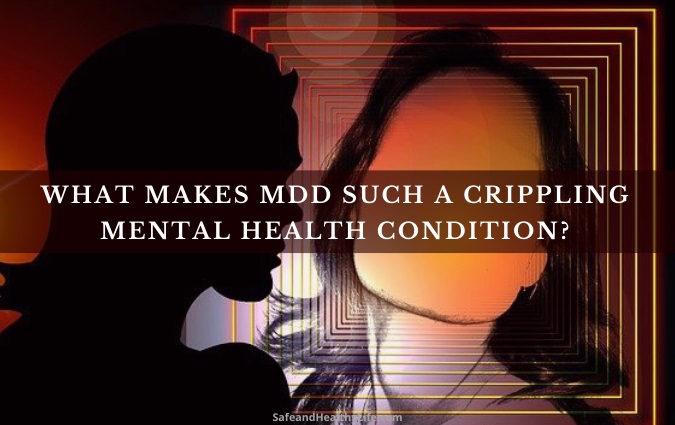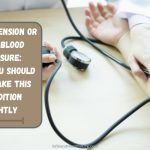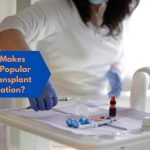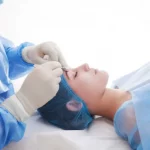The Challenges in Dealing with Major Depressive Disorder (MDD)
Major Depressive Disorder (MDD) is characterized by intense sadness for a prolonged period of time. This condition, otherwise known as clinical depression, can impact multiple areas of your life, and impair sleep, appetite, and physical function.f
MDD is common among people who suffer from mental health conditions, with an estimated 7% of adults in the United States experiencing major depressive episodes (2017 data).
Common Symptoms of Depression
With major depressive disorder, symptoms must persist for at least 2 weeks, with a notable difference in functionality from previous activity. Symptoms of depression typically vary from mild to severe, and include the following:
- Suicidal thoughts or actions.
- Agitation – restless and anxiety-laden
- Lack of Self-Worth, feeling guilty, or worthless.
- Apathy – loss of interest in pleasurable activities.
- Changes in Appetite– weight loss or weight gain.
- Fatigue – feelings of tiredness, and lack of energy.
- Concentration-Related Issues – trouble making decisions or concentrating on activities.
It is worth pointing out that certain symptoms may present from other conditions unrelated to depression. These may include vitamin deficiencies, thyroid problems, and tumors.
According to psychiatry.org, 1/15 US adults suffer from depression in any given year. Throughout the course of a lifetime, 1/6 people will experience a depressive episode. [https://www.psychiatry.org/patients-families/depression/what-is-depression]
What’s It like Living with Major Depressive Disorder?
Like any mental health condition, some days naturally feel better than others. MDD makes everything that much more difficult. The treatment regimen for MDD will vary from one person to the next, based on the healthcare provider/patient relationship.
Interpersonal relationships often experience tremendous stress with MDD, but so do all other relationships – social and professional. The down in the doldrums feeling is hard to shake with the major depressive disorder since the negative feelings are so overwhelming that they become crippling.
What Can You Personally Do to Ease the Depression?
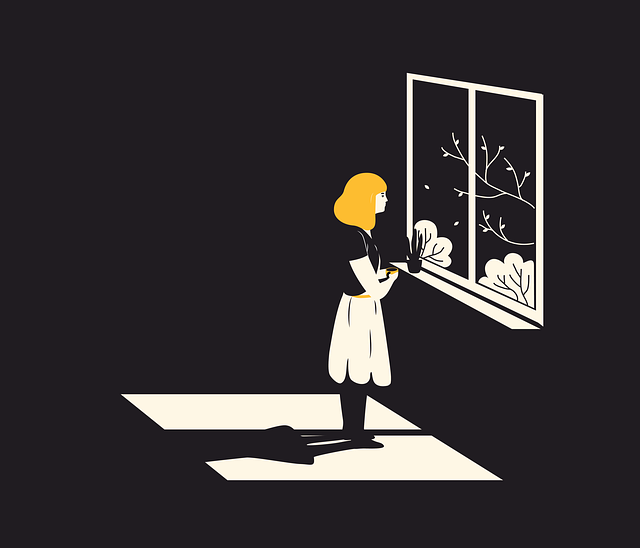
Photo Credit: Pixabay
There are many activities, routines, and thought processes that can help to alleviate the severity of the major depressive disorder. These include the following 5 stay-healthy options:
- Be conscious of your thoughts and try to block out the negatives.
- Never make important decisions when you’re in the wrong frame of mind.
- Always have help on hands such as from friends, relatives, and medical professionals.
- Stay in the loop by reading about the major depressive disorder and how best to treat it.
- Don’t stay alone; make sure you have a close circle around you and feed off their positive energy.
What Treatment Options Are Available for Major Depressive Disorder?
Everyone deals with depression differently. Some people take it really bad and are non-responsive to traditional treatment regimens such as SSRIs and SNRIs.
When medication and counseling don’t seem to be working, and the symptoms of depression are severe, special care needs to be paid. Your medical professional may recommend surgical or nonsurgical procedures to deal with your MDD.
Non-invasive procedures such as Deep TMS™ have proven to be highly effective in dealing with treatment-resistant MDD. This involves the use of a specialized helmet with magnetic coils to transmit transcranial magnetic stimulation pulses into problematic areas of the brain. TMS treatments for MDD typically last from 20 minutes – 40 minutes per session, 5 sessions per week, for 4-6 weeks.
More invasive surgical-related procedures are also highly effective, but they come with potentially negative side effects. These include surgical-site infection, trauma, or scaring. Other issues to contend with include pain, nerve damage, and complications.
For example, Deep Brain Stimulation (DBS) involves the use of small electrodes implanted into the brain to regulate mood.
However, the complications of such treatments include speech problems, headaches, infections, strokes, haemorrhaging, or sensory/motor control issues.
Bilateral Cingulotomy is another type of brain surgery that is being used to treat people with the major depressive disorder that is non-responsive to traditional regimens. With this surgical procedure, 2 areas of the brain are targeted, including the frontal lobes and the cingulate gyrus.
This controversial procedure is used as a last resort, only after all other avenues of treatment have been thoroughly exhausted. The surgeons believe that if they disrupt the circuits between habitual behaviors and painful emotions, depression can be alleviated. [https://www.verywellmind.com/bilateral-cingulotomy-380662]
Suicide Rates with Clinical Depression
Overall, depression is the #1 cause of suicides, accounting for 50% + of all suicide attempts. The CDC data indicates that suicide ranked at #10 as the leading cause of death in the US in 2009, with 36,909 cases, and it was particularly prevalent in the 25-34-year-old age group.
Depression is more prevalent among women than it is with men however, more men than women die from suicide, by a factor of 4. [ https://www.medscape.com/answers/286759-14675/what-is-the-suicide-rate-among-persons-with-depressive-disorder-clinical-depression]
About The Author:
Sarah Sidney is a creative and smart content creator with almost 7 years of experience in Design, Logo, and Marketing. She’s always striving for excellence in her job and is a great leader.

